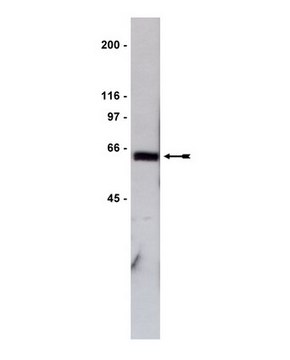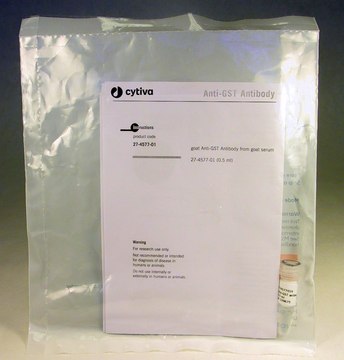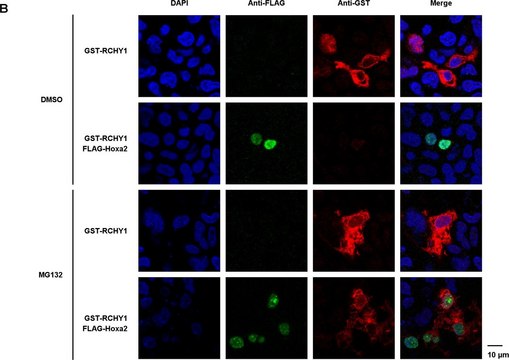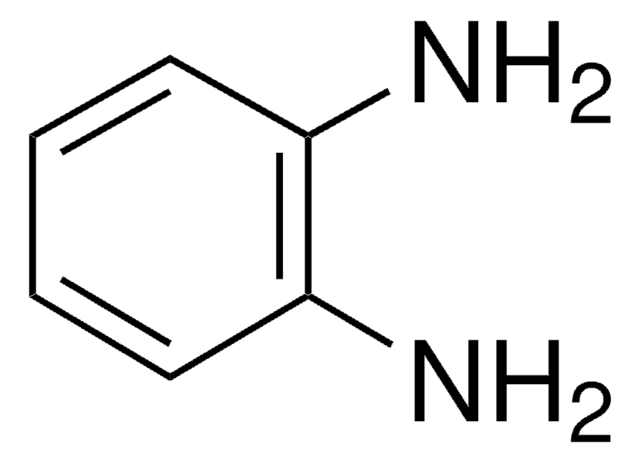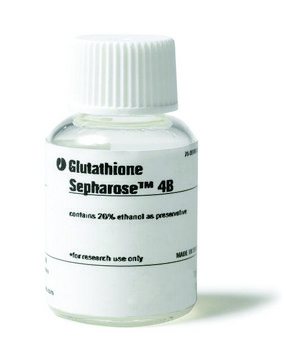GERPN1236
Anti-GST HRP Conjugate
Cytiva RPN1236, pack of 75 μL
Recommended Products
conjugate
peroxidase conjugate
antibody product type
primary antibodies
shelf life
Please be aware this product may be shipped 90 days before the expiration date. For more information on the batch specific expiration date, please contact technical service.
packaging
pack of 75 μL
manufacturer/tradename
Cytiva RPN1236
color
Colorless
shipped in
dry ice
storage temp.
−20°C
General description
Application
Features and Benefits
- Offers the advantages of speed, sensitivity, increased safety, and convenience when used with ECL™ detection systems. Application tested with ECL™ and ECL™ Plus reagents in western blotting for sensitive hard copy results
- Detection of GST is simplified because no secondary antibody is required
- The conjugate recognizes multiple epitopes of GST and therefore is not reliant on functional GST for fusion Protein detection. It has also been cross-absorbed to E. coli Proteins so that GST-fusion Proteins can be easily and specifically identified against an E. coli background.
- Binds with high affinity to GST fusion Proteins.
- Also suitable for colorimetric detection with diaminobenzidine (DAB) and tetramethylbenzidine (TMB).
- ECL™ optimized protocols included.
Storage and Stability
Analysis Note
Legal Information
A license for commercial use of GST Gene Fusion Vectors under US patent 5,654,176 and equivalent patents and patent applications in other countries must be obtained from Millipore Corp (formerly Chemicon International Inc).
Regulatory Information
Certificates of Analysis (COA)
Search for Certificates of Analysis (COA) by entering the products Lot/Batch Number. Lot and Batch Numbers can be found on a product’s label following the words ‘Lot’ or ‘Batch’.
Already Own This Product?
Find documentation for the products that you have recently purchased in the Document Library.
Articles
This page describes troubleshooting strategies in the detection of GST-tagged proteins.
Our team of scientists has experience in all areas of research including Life Science, Material Science, Chemical Synthesis, Chromatography, Analytical and many others.
Contact Technical Service